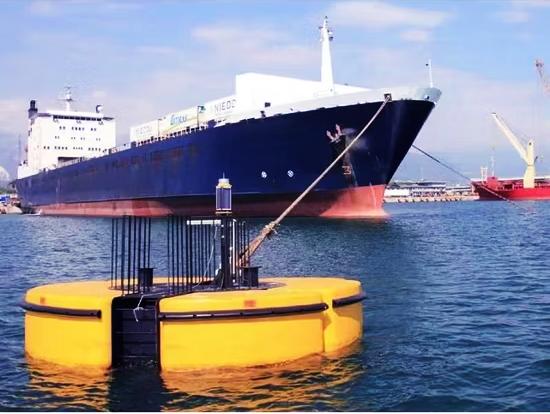A marine buoy is a floating device anchored in water that marks safe channels, warns of dangers, supports weather monitoring, or provides mooring. It stays in place thanks to a weighted anchor.
Why This Topic Matters Now
Marine buoys help boats and ships move safely. Imagine a fishing boat entering port in thick fog and missing a red buoy—it could hit hidden rocks. Or think of surfers relying on weather buoys to check wave height before heading out. These devices mean safety, and in recent years, stronger storms and heavier ship traffic make them more important than ever. Sunhelm builds smart, sturdy marine buoys that shine in tough seas.

Featured Snippets
A marine buoy floats on the water and stays in one place with an anchor. It guides ships, warns of hazards, measures weather, or lets boats tie up.
Types of marine buoys include navigational buoys (like red/green channel markers and cardinal buoys), safe-water buoys, isolated-danger buoys, mooring buoys, and weather or oceanographic buoys.
Most marine buoys use bright colors, solar power, lights, and sound signals. They follow IALA international standards and often send real-time data by radio or satellite.
Main Types of Marine Buoys
1. Navigational Buoys
- Lateral buoys: Red shows the channel’s right side; green shows the left. (“Red right returning.”)
- Cardinal buoys: Use compass directions (north, east, south, or west) to show safe water around hazards. They have unique cone shapes and stripe patterns.
2. Safe-water & Danger Buoys
- Safe-water buoys use red-and-white stripes to show clear water in all directions.
- Isolated-danger buoys have black-and-red bands and two black spheres on top to warn of a small hazard.
3. Special-purpose Buoys
- Mooring buoys let boats tie up safely. They are the only buoys boats may moor to.
- Weather/ocean buoys measure wind, waves, temperature, and more. Scientists use them to track storms and climate data.
Why Read On?
Sunhelm’s marine buoys stand out:
- We use strong, weather-proof materials that last for years in saltwater.
- Our buoys come with solar power, LED lights, GPS, and data links, making them smart and visible.
- We offer custom colors, light patterns, and sensor packages for any marine job—navigation, safety, or research.
Related FAQs
Q1: What does a marine buoy do?
It guides ships, marks hazards, tracks weather, and offers a mooring point.
Q2: What’s the difference between lateral and cardinal buoys?
Lateral buoys show left/right sides of a channel. Cardinal buoys use compass directions to mark where deep, safe water lies.
Q3: Which buoy can I tie my boat to?
Only mooring buoys allow boats to tie up. They have chains and reflectors or lights.
Q4: How do weather buoys work?
They sit on the water, measure conditions like wind and waves, and send data by satellite.
Q5: What customization does Sunhelm offer?
Choose color, lights, GPS, sensors, or data links. We tailor each buoy to your needs.
Wrap-Up
A marine buoy is more than a floating sign—it’s a lifeline for safety, navigation, and science. With climate change and increasing sea traffic, modern buoys must be smarter and tougher. Sunhelm’s marine buoys fit that need: built strong, powered by the sun, equipped with smart sensors, and customized for any job.
Contact Sunhelm today to start planning your custom marine buoy system. Keep crews, boats, and oceans safer with smart buoys built for the real world.


